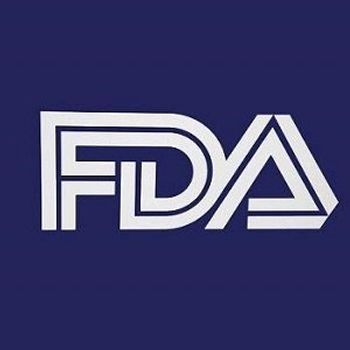
Marketed as Amvuttra, the Alnylam Pharmaceuticals RNA-interference treatment is now approved for an additional patient population of 150,000 in the US, and more than 300,000 worldwide.

Marketed as Amvuttra, the Alnylam Pharmaceuticals RNA-interference treatment is now approved for an additional patient population of 150,000 in the US, and more than 300,000 worldwide.

New biomarker data presented at the 2025 Muscular Dystrophy Association Clinical & Scientific Conference of RGX-202 in the phase 1/2 trial highlight strong microdystrophin expression.
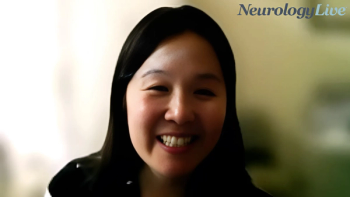
The medical director of the Barlo Multiple Sclerosis Program at St Michaels Hospital discussed findings from phase 3 trials suggesting that baseline PRLs can predict disability accumulation and may serve as biomarkers for treatment response to tolebrutinib. [WATCH TIME: 6 minutes]

A new analysis reported that givinostat, an oral histone deacetylase inhibitor recently approved for DMD, slowed disease progression by approximately 2 years compared with standard care.
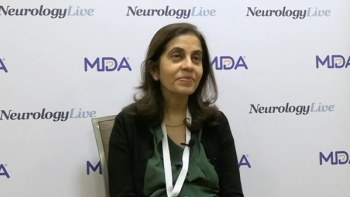
The professor of pediatrics and division chief of Medical Genetics at Duke University delved into the transformative impact of enzyme replacement therapy on Pompe disease, addressing its advancements, limitations, and promising innovations shaping its future. [WATCH TIME: 2 minutes]
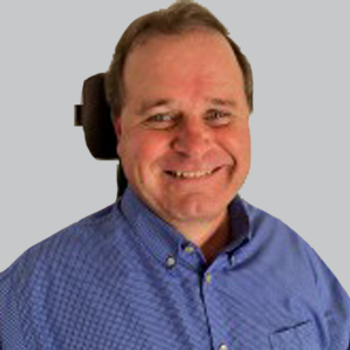
Donovan Decker, recipient of the 2025 MDA Legacy Award for Community Impact and Research, shared his powerful journey as a patient advocate and gene therapy pioneer, shedding light on the challenges and progress in LGMD.

The company recently announced positive topline results from its phase 3 study in patients with MG and initial data from its phase 2b study in patients with CIDP, both assessing batoclimab.

Two separate long-term extension studies met their pre-specified endpoints, showing highly significant evidence of sustained treatment benefits in slowing disease progression in pediatric and adult patients.

The design of a phase 2 trial to investigate the potential of satralizumab in boys with Duchenne muscular dystrophy was recently presented at the 2025 MDA Clinical & Scientific Conference.

The phase 3b STRENGTH study reported that a single dose of OAV101IT was well tolerated in treatment-experienced patients with spinal muscular atrophy, with motor function stabilizing over 52 weeks.

Real-world findings from the RESTORE registry presented at the 2025 MDA conference confirmed the established safety profile of onasemnogene abeparvovec over a 5-year period.

Patient advocate and MDA Ambassador Lily Sander shared inspiring perspective on Charcot-Marie-Tooth disease, advocacy efforts, and the importance of connection

Long-term follow-up data from an early-phase study of an AAV8-based gene therapy for DMD suggest the treatment was well-tolerated and provided sustained biochemical and functional benefits.

Alpha Cognition has officially launched its new treatment for mild to moderate Alzheimer disease, with a focus on expanding patient access in the long-term care market.
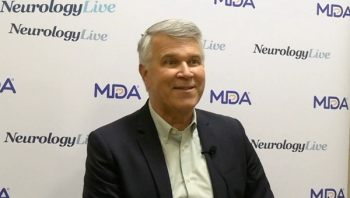
The chief scientific officer at Avidity Biosciences provided clinical perspective on the function and mechanism of del-zota, an investigational antisense treatment in development for DMD amenable to exon 44 skipping. [WATCH TIME: 3 minutes]

Findings from the phase 2 FIGHT DMD trial suggest an investigational oral thromboxane prostanoid receptor antagonist may preserve heart function in patients with DMD-associated cardiomyopathy.

This phase 4 study on omaveloxolone will assess long-term maternal and infant health, potentially informing future safety guidelines for patients with Friedreich ataxia.

The MyacarinG study post-hoc analysis demonstrated rozanolixizumab's potential to significantly reduce ocular symptoms in gMG, with consistent improvements across multiple scoring systems.
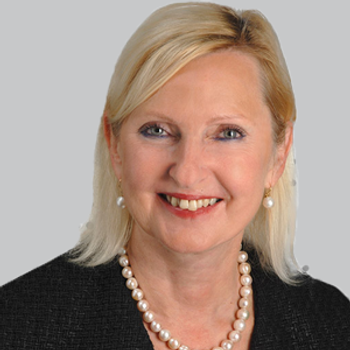
Three patients treated with DT-DEC01 showed improvements in various functional tests, including echocardiography, arm movements, grip strength, and spirometry after 12-24 months of treatment.
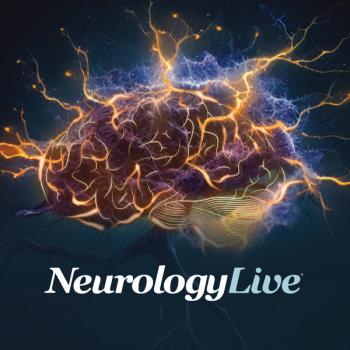
In the study, most participants are aged 18-60, with 53% female and 73.1% carrying the c.826C>A mutation, while 15 patients are aged 12-18.

A recent study shows that eteplirsen, a drug promoting dystrophin production, significantly slowed the decline in heart function, specifically left ventricular ejection fraction, in patients with Duchenne muscular dystrophy.

Spanning 14 weeks, the study evaluates age-appropriate dosing, safety, pharmacokinetics, and clinical effects through once-weekly injections of efgartigimod PH20 SC in juvenile myasthenia gravis.
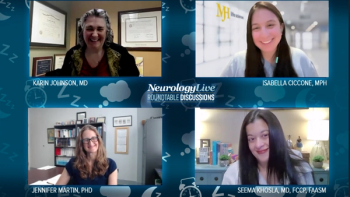
Experts in sleep medicine discuss the detrimental effects of daylight saving time on sleep, health, and public safety, advocating for the adoption of permanent standard time. [WATCH TIME: 5 minutes]

Here's some of what is coming soon to NeurologyLive® this week.

Over the 5-year period, treatment-related adverse events with the gene therapy were mild or moderate, with most occurring within the first 90 days after infusion.

Experts discussed the negative health and societal effects of daylight saving time, advocating for a permanent switch to standard time to improve sleep, well-being, and productivity. [WATCH TIME: 6 minutes]

Test your neurology knowledge with NeurologyLive®'s weekly quiz series, featuring questions on a variety of clinical and historical neurology topics. This week's topic is on gene therapy for neuromuscular disorders.

Erenumab (Aimovig) effectively reduced chronic headaches in a patient with a history of aneurysmal subarachnoid hemorrhage, showcasing the therapeutic potential of CGRP-targeting treatments for post-aSAH headaches.

Experts discussed the biological misalignment caused by daylight saving time, emphasizing its negative effects on sleep, particularly in adolescents, and advocating for a shift to standard time to better align with natural circadian rhythms. [WATCH TIME: 6 minutes]
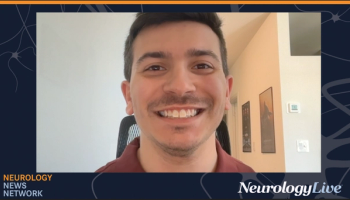
Neurology News Network. for the week ending March 15, 2025. [WATCH TIME: 3 minutes]